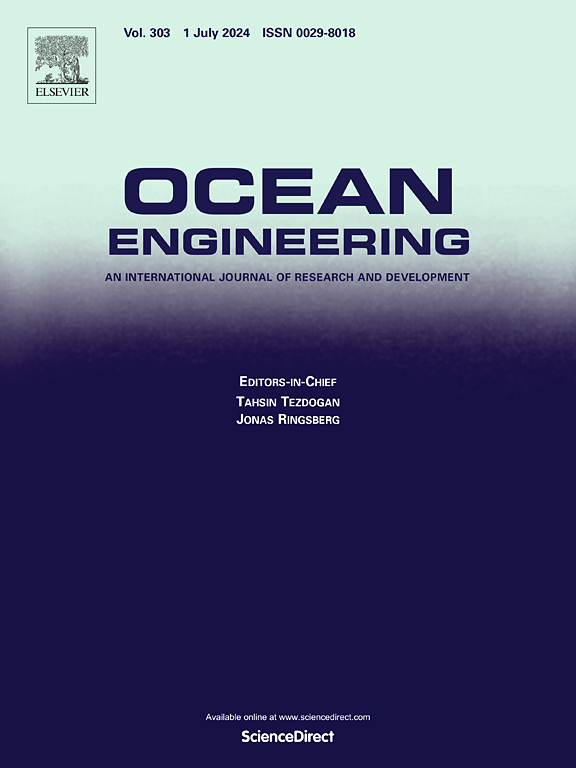Developing reliable floating solar systems on seas: A review
IF 4.6
2区 工程技术
Q1 ENGINEERING, CIVIL
引用次数: 0
Abstract
Solar PhotoVoltaic (PV), as a clean and affordable energy solution, has become ubiquitous around the world. In order to install enough PV coverage to meet the demand of global climate action, there has been a growing research interest in deploying solar panels on abundant sea space. However, the harsh marine environment is holding stakeholders back with safety concerns. There is a necessity to ensure the reliability of FPV on seas. To facilitate research in this area, the present review scans all Floating PV (FPV) literature related to the ocean, with a focus on reliability and risk mitigation. It starts by presenting contemporary and potentially future FPV designs for seas, inventorying both mechanical and electrical components. Accordingly, possible risks in the system are discussed with the associate mitigations suggested. Subsequently, a series of protective approaches to assess offshore wind and wave loads on FPV are introduced. This is followed by a structural integrity review for the system’s fatigue and ultimate strength, accompanied by anti-corrosion, anti-biofouling, and robust mooring concerns. Finally, essential research gaps are identified, including the modelling of numerous floating bodies on seas, mooring methodology for enormous FPV coverage, the interactions between FPV and the surrounding sea environments, and remote sensing and digital twins of the system for optimal energy efficiency and structural health. Overall, this work provides comprehensive insights into essential considerations of FPV on seas, supporting sustainable developments and long-term cost reductions in this sector.
求助全文
约1分钟内获得全文
求助全文
来源期刊

Ocean Engineering
工程技术-工程:大洋
CiteScore
7.30
自引率
34.00%
发文量
2379
审稿时长
8.1 months
期刊介绍:
Ocean Engineering provides a medium for the publication of original research and development work in the field of ocean engineering. Ocean Engineering seeks papers in the following topics.
 求助内容:
求助内容: 应助结果提醒方式:
应助结果提醒方式:


